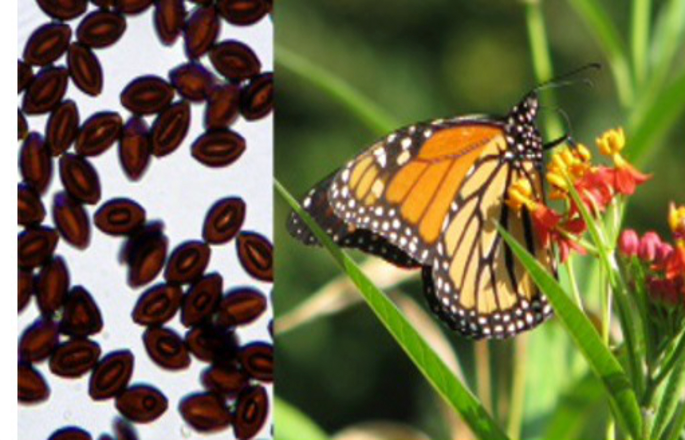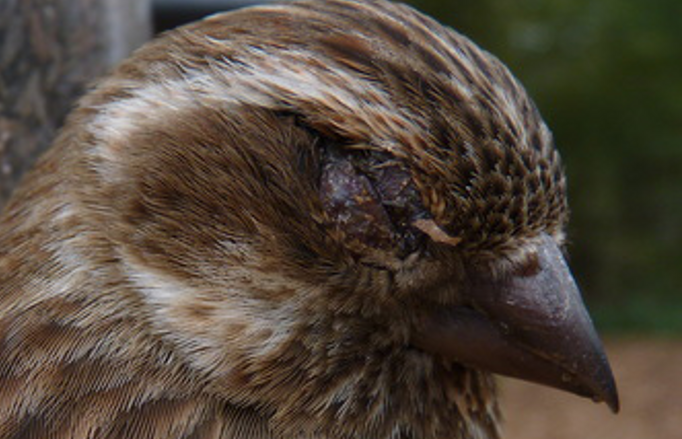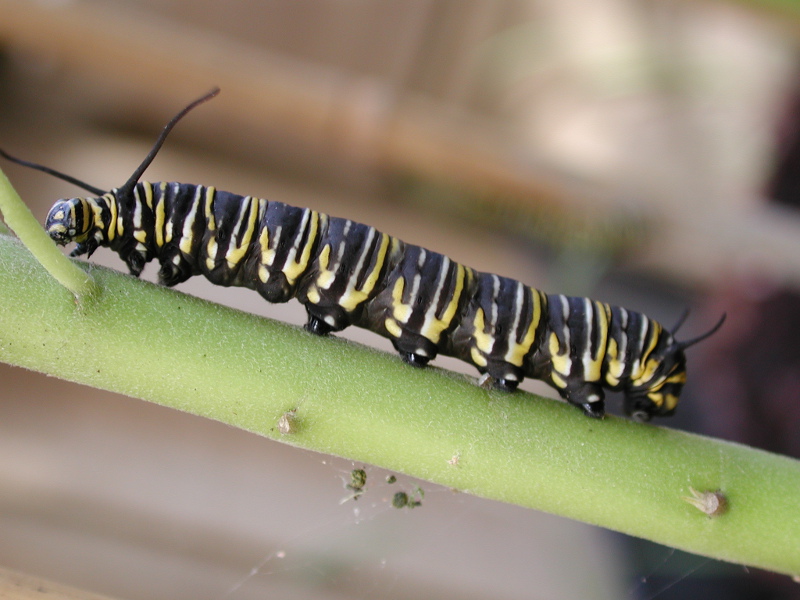Roadkill as sentinels for parasite detection in a wild squirrel population
Jonah Giermann, a student at College of St. Scholastica, worked in the lab of Dr. Sonia Altizer Abstract Disease surveillance of wild populations is difficult, as capture and release techniques can be time-iRoadkill is an excellent display of human-wildlife conflict. Carcasses can inform ecologists about population trends, species distribution, and behavior. Carcasses can be inspected



